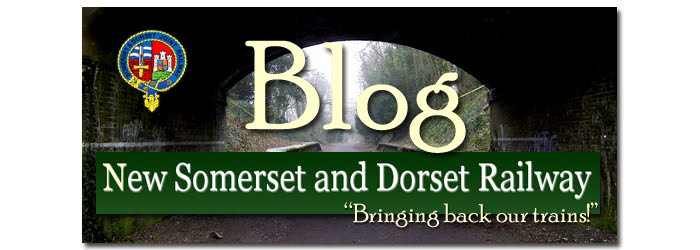

Economists often talk of opportunity costs and misallocation of resources. I reckon that in 50 years time we'll all look back and see the Beeching cuts and the, once quite serious, belief that railways were finished and the policies that grew out of that huge error as the biggest misallocation of resources the UK has ever seen.
For a start the Beeching cuts didn't save the railways a penny - they made no contribution to reducing the costs of the railways. If anything they reduced the overall income as many people living on closed routes simply abandoned the railways altogether, rather than find alternative means to get to the railhead.
But even more importantly the consequent congestion effects caused by people being FORCED to use the roads, both for passenger and freight services, had a huge cost, massively outweighing any savings made by scrapping a few branch lines.
I know some people think that the second railway age will merely reverse the Beeching cuts, but remember that this assumption is based on some miraculous energy source being available to keep at least some cars running. In reality of course once the level of traffic on roads falls to a certain point it will no longer be viable to keep roads open. Rail will really be the only available option. So just reversing the Beeching cuts will nowhere near solve the problem, unless we're prepared to totally abandon whole swathes of countryside. But surely these will be the very areas that need transport to bring food to the towns and cities? So if lines will be needed to bring food in then surely it will be best to operate them as passenger routes as well? This supposes a huge expansion of light and ultra-light rail, bringing rail to every corner of the country. So as well as a total reversal of Beeching the trunk and branch lines will be accompanied by a Vicinal style network of narrow gauge and light railways. I do sometimes think most of us simply haven't taken on board the scale of the rail revival, and the benefits (and problems) that will bring!
And as for misallocation of resources - how many billions were wasted on developing a road system for a form of transport with a severely limited life, and what will the costs be to restore the network, particularly through developed areas, compared to the costs of keeping the routes open? These questions will keep transport economists in work for decades!

